How Thick is Paint Protection Film and Why Does Thickness Matter?
Paint protection film thickness represents a critical specification that directly impacts protective performance and application characteristics. Understanding these measurements helps vehicle owners make informed decisions about their protection requirements and investment priorities.
Understanding PPF Thickness Measurements
Paint protection film thickness is measured using several different units, each serving specific purposes within the industry. The mil stands as the most popular unit of measurement in the United States, where one mil equals one-thousandth of an inch (0.001 inches). This imperial measurement provides precise specification for film thickness ranging from 4 to 12 mils for automotive applications.
Microns represent the metric equivalent, where one mil equals exactly 25.4 microns. European manufacturers often specify thickness in microns, with typical automotive PPF ranging from 150-300 microns. Professional installers and technical specifications frequently reference both measurements to ensure clarity across international markets.
Thousandths of an inch (thou) occasionally appears in technical documentation, representing the same measurement as mils but using different terminology. This unit maintains equivalent precision while providing alternative expression for engineering specifications.
Common PPF Thickness Specifications
Current market offerings demonstrate distinct thickness categories serving different protection levels. Standard thickness films range from 6.0-7.0 mils, providing basic protection suitable for everyday driving conditions and budget-conscious applications. These films offer adequate defense against minor scratches and light road debris while maintaining easier installation characteristics.
Premium thickness films measure 7.5-8.0 mils, representing the mainstream market standard that balances protection performance with installation practicality. This thickness provides enhanced impact resistance while maintaining reasonable flexibility for complex vehicle contours.
Heavy-duty films exceed 8.5-10.0 mils, delivering maximum protection for demanding applications including off-road vehicles, luxury cars, and high-performance automobiles. Some manufacturers now produce 12-mil films for extreme protection requirements, though these represent specialized applications.
Multi-Layer Construction and Thickness Distribution
PPF thickness comprises multiple functional layers rather than uniform material throughout. The TPU substrate accounts for approximately 70% of total thickness, providing the primary impact absorption and structural integrity. This thermoplastic polyurethane layer determines the film's flexibility, strength, and self-healing capabilities.
The protective topcoat contributes a thin but critical layer that resists scratches and environmental contamination while enabling self-healing properties. The adhesive layer forms the bottom component, ensuring secure bonding without paint damage during removal.

Why Thickness Matters for Protection
Increased thickness directly correlates with enhanced impact resistance and durability characteristics. Research indicates that films ranging from 10-12 mils provide up to 30% greater impact resistance compared to thinner alternatives. This enhanced protection proves particularly valuable for highway driving, where high-velocity debris poses significant paint damage risks.
Absorption capabilities improve with thickness as the material can better distribute and dissipate impact energy across the film surface. Thicker films demonstrate superior performance against stone chips, road debris, and environmental hazards that commonly damage automotive paint.
Longevity benefits accompany increased thickness, with films measuring 8-10 mils typically lasting 7-10 years compared to 5-year lifespans for thinner alternatives. This extended durability reduces replacement costs and maintenance requirements over the vehicle's ownership period.
Installation and Performance Trade-offs
Thicker films present installation challenges that require professional expertise and specialized techniques. The increased tensile strength makes stretching and conforming more difficult, particularly around complex curves and tight radii. Construction performance decreases as thickness increases, requiring more skilled application to prevent bubbling, lifting, or inadequate adhesion.
Flexibility characteristics change with thickness, as thicker materials exhibit greater stiffness and reduced ductility. This property affects the film's ability to conform to intricate vehicle surfaces and may increase the risk of edge lifting if not properly installed.
However, thicker films offer superior scratch resistance and better concealment of minor surface imperfections compared to thinner alternatives. The enhanced material thickness provides better optical clarity maintenance over extended periods.
Optimal Thickness Selection
Choosing appropriate PPF thickness requires balancing protection requirements against installation complexity and cost considerations. Light-duty applications benefit from 6-7 mil films for city driving and minimal exposure to road hazards. Standard applications suit 7.5-8 mil films for balanced protection and reasonable installation characteristics.
Demanding environments including highway driving, off-road use, or harsh climate conditions justify 8.5-10 mil films despite increased cost and installation complexity. Extreme applications may require 10-12 mil films for maximum protection, though these represent specialized requirements.



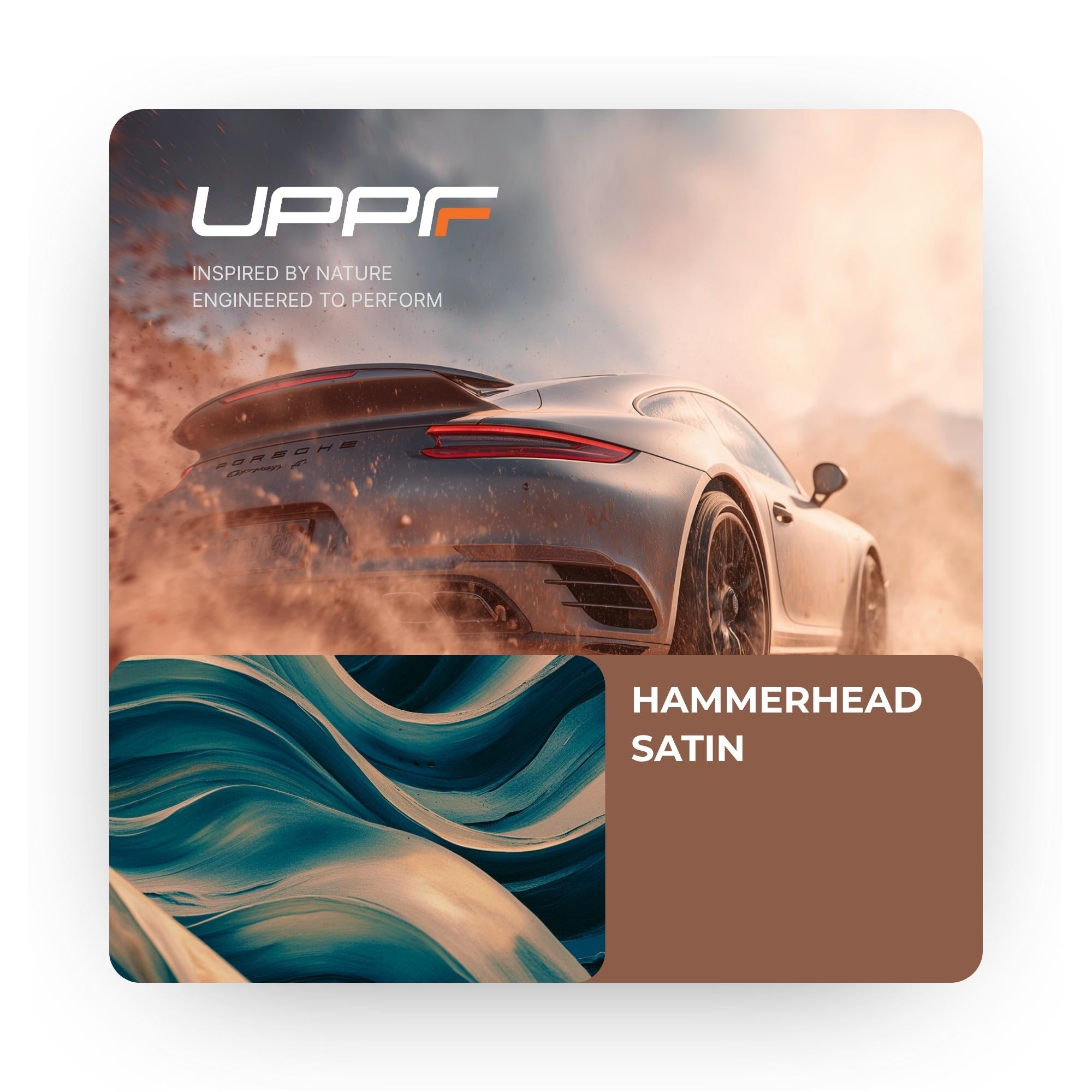
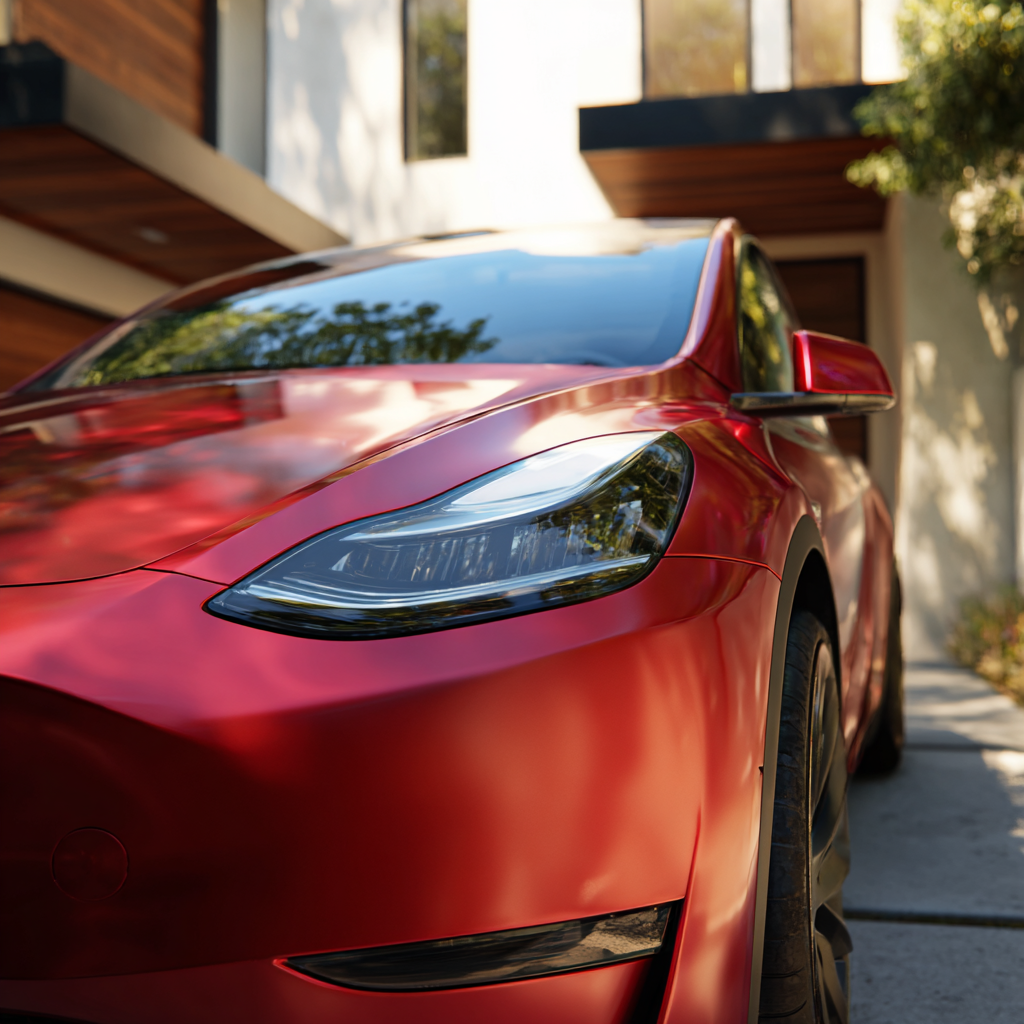

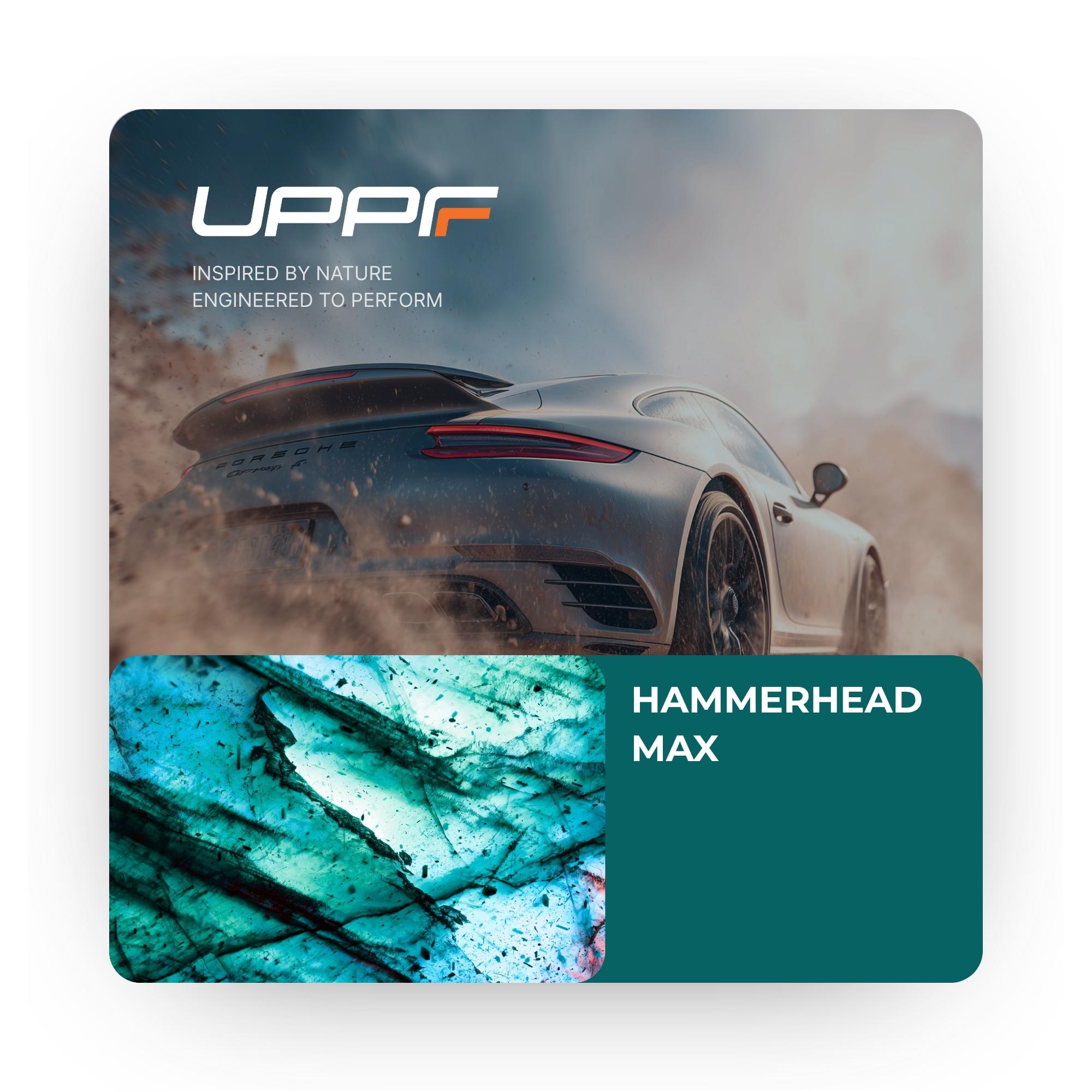
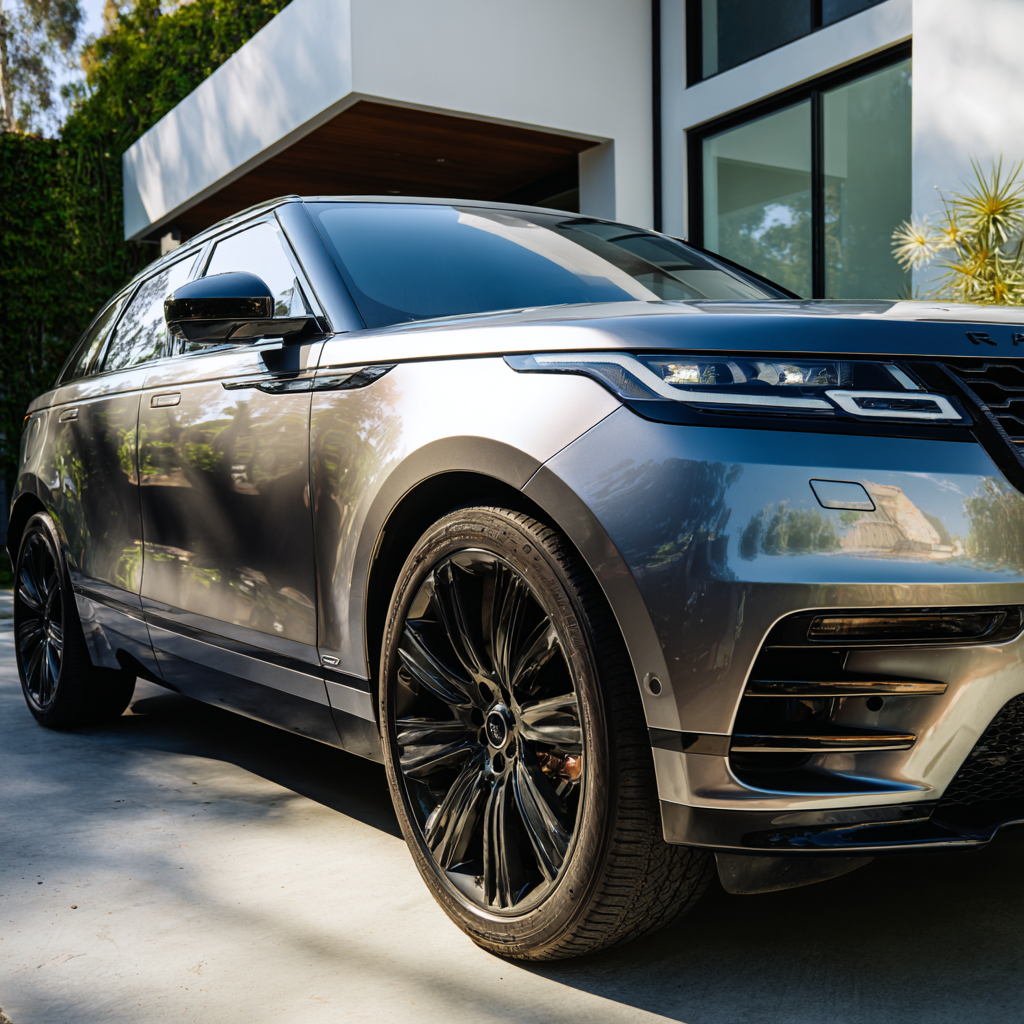

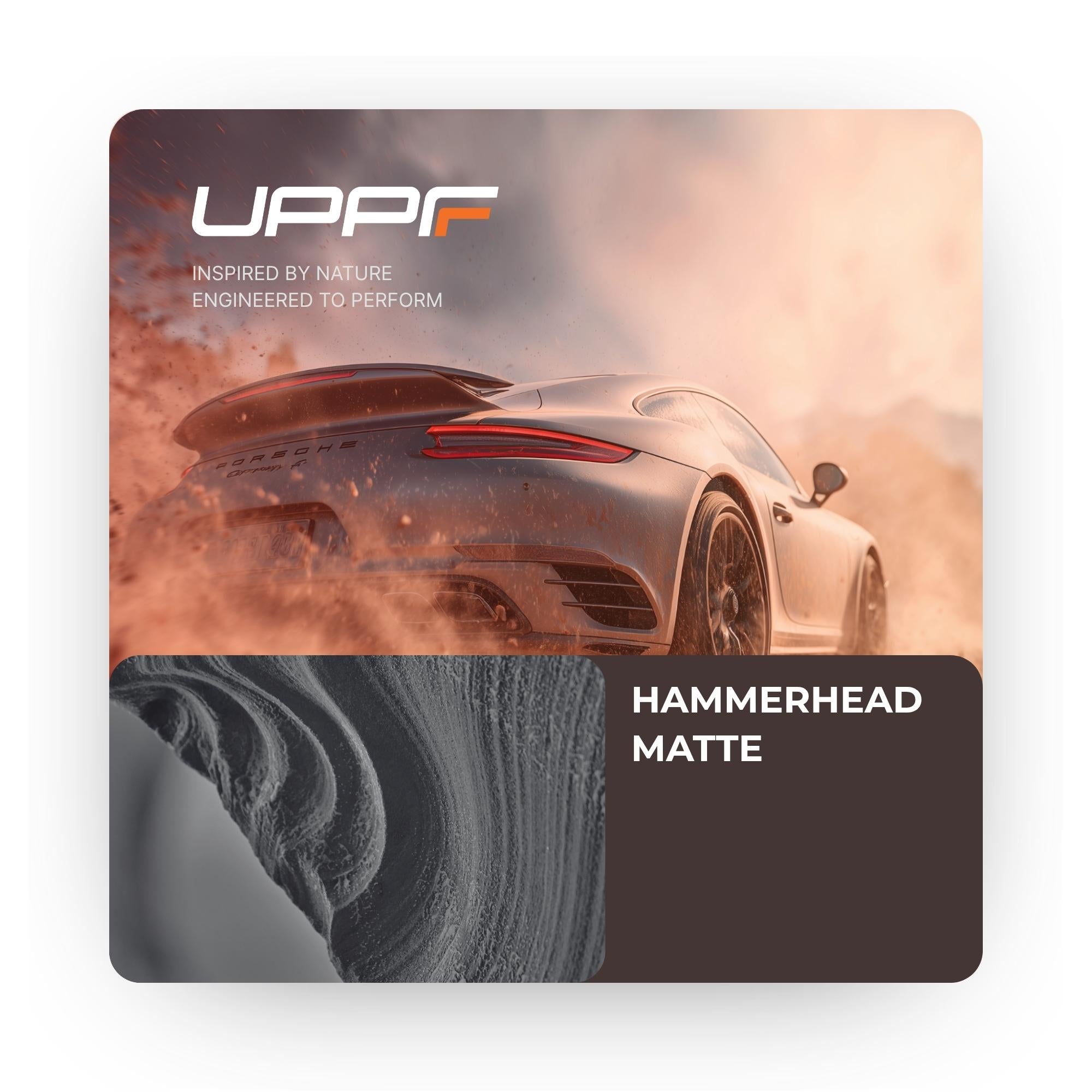


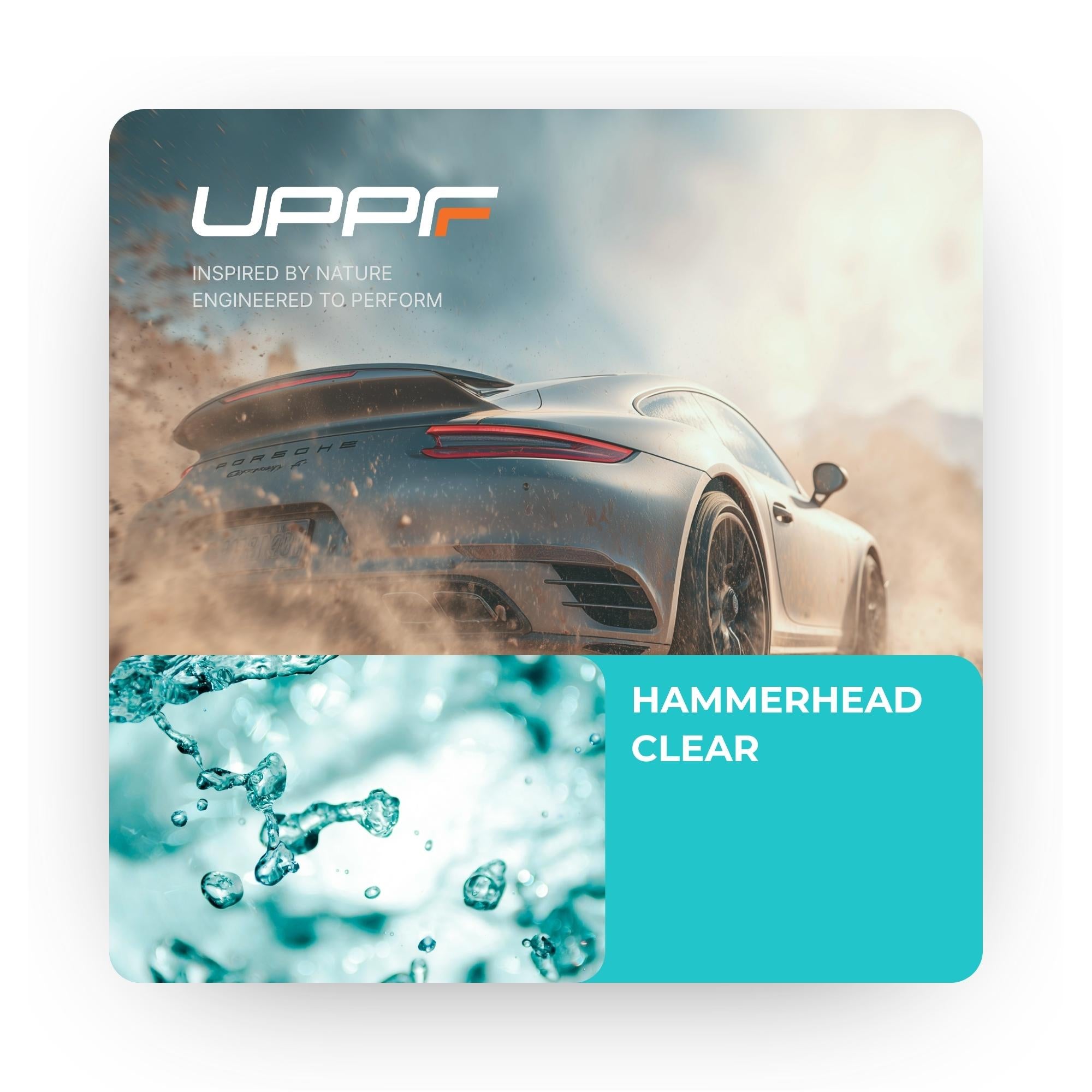


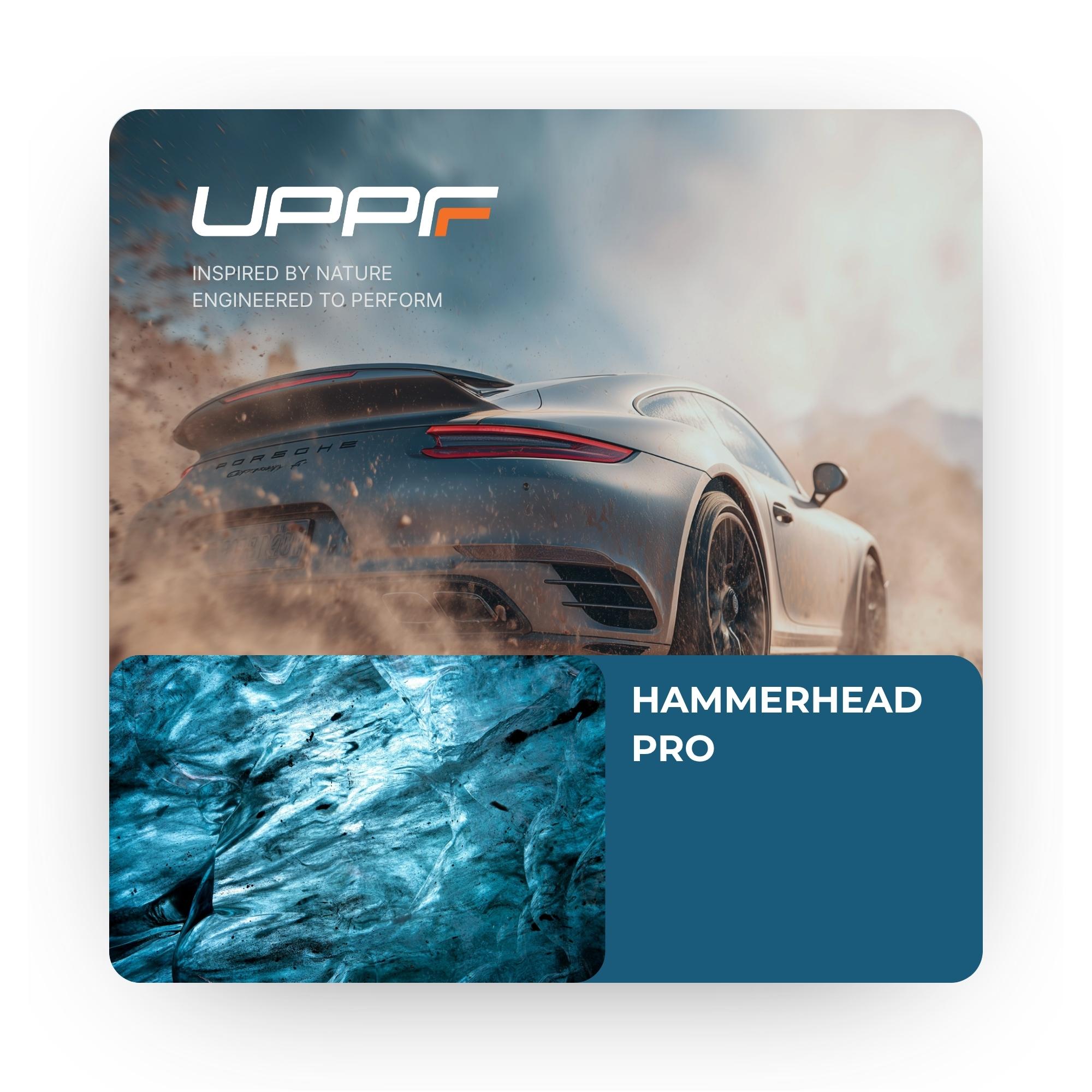



Share:
Nostalgic 2 Days: Pacifico Yokohama 2025
What are the different types of PPF available (clear, matte, colored)?